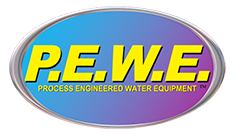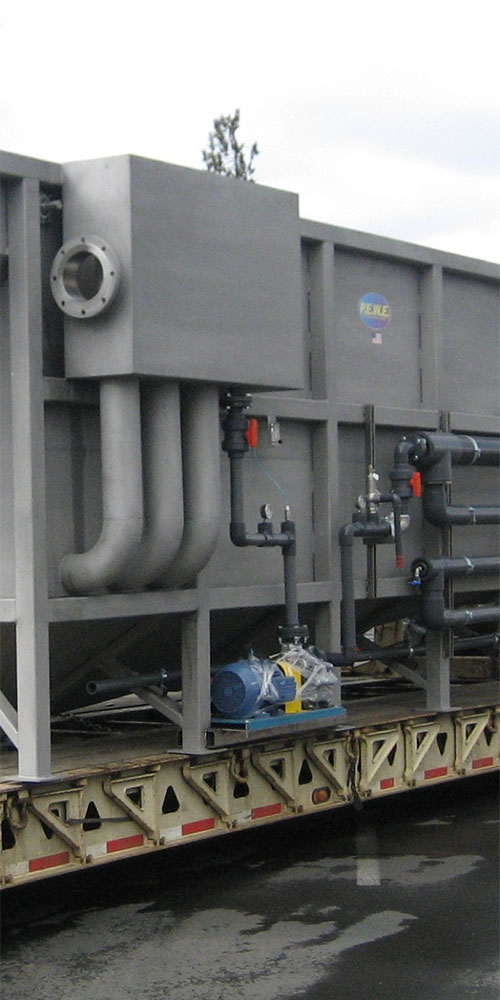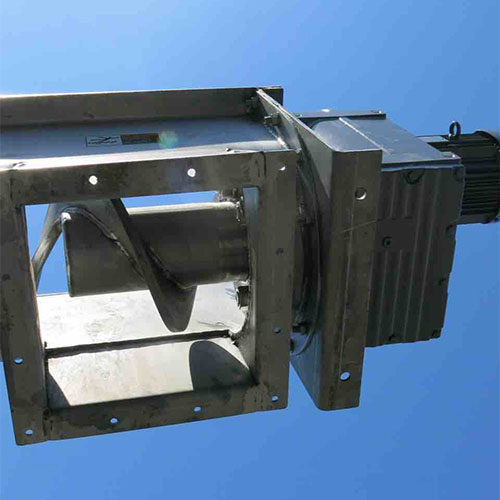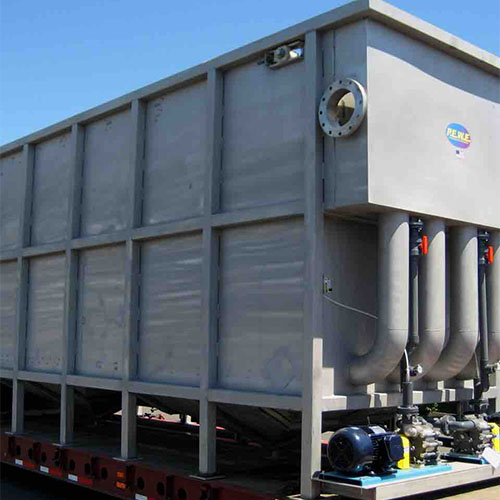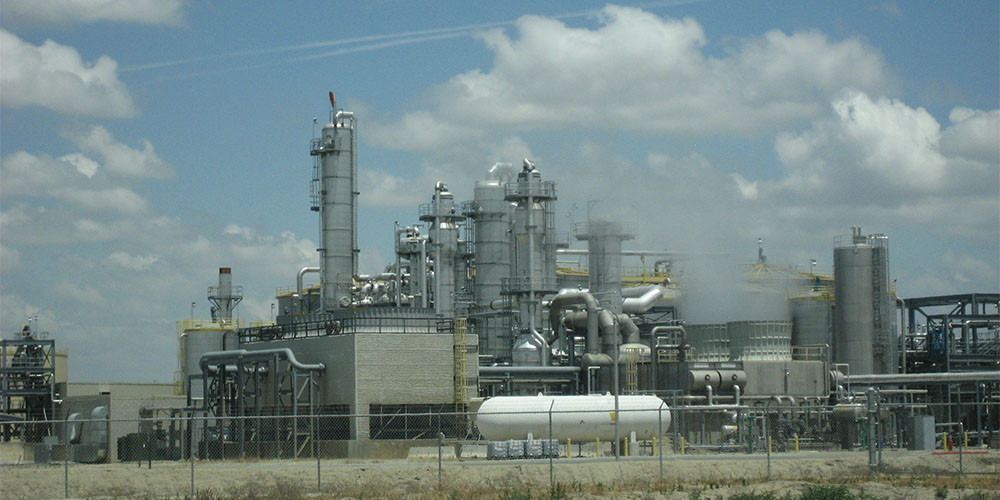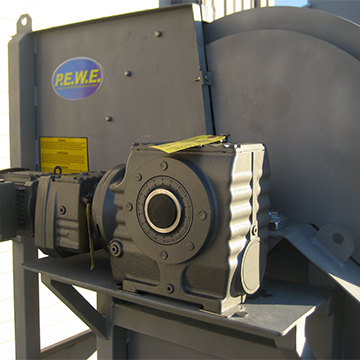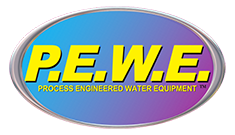PEWE’s VISION
It all starts here
Our clients will find an unbeatable selection of wastewater treatment systems at Process Engineered Water Equipment. With multiple US Patents and over twenty trademark registrations, the PEWE product portfolio offers innovative process and wastewater treatment solutions and recycling opportunities.
This allows PEWE to offer optimal package systems at the lowest cost, producing the highest revenue for our client’s process and waste stream. We design, manufacture, construct and warranty our industrial wastewater treatment systems ourselves.
PEWE IS RAISING THE
STANDARD
Our systems are designed in-house and produced under tight quality standards. Wastewater Treatment Systems are constructed in stainless steel, polypropylene and PVC for durability and low maintenance. Detailed engineering design means operational ease and simple equipment care.
The unique technology built into PEWE systems, such as the HD²XLRator® LS DAF, maximizes TSS removal while minimizing chemistry usage and sludge production.
